How pacemakers work. Animated explanation of the mechanics of the human heart, and the devices that can assist it Subscribe NOW to The Economist: http://econ.st/1Fsu2Vj Implantable pacemakers and defibrillators are devices that apply electric shocks to maintain the rhythm of the heart and, if necessary, restart it. As the technology improves and the list of treatable conditions grows, the number of devices being implanted is increasing steadily and now exceeds half a million a year. The heart is made up of four chambers; two atria and two ventricles. On each side the atrium is connected to the ventricle by a one-way valve. Blood is pumped as these chambers contract and relax in turn. The beating of a healthy heart is regulated by electrical impulses. The sequence begins as the atria fill with deoxygenated blood from the body on the right and oxygenated blood from the lungs on the left. An electrical signal from the sinoatrial node then causes the atria to contract, forcing blood into the ventricles. The electrical signal is then picked up by the atrioventricular node and directed into the Purkinje fibers in the ventricle walls, causing the ventricles to contract, and the blood is then pumped through the pulmonary valve on the right to the lungs, and the aortic valve on the left to the rest of the body. These valves close and the cycle then restarts. When the sinoatrial node fails to function correctly an artificial pacemaker can be fitted to help regulate the heartbeat with small evenly timed electric shocks. This involves implanting electrodes into one or more of the heart’s chambers, by inserting leads into a vein near the collarbone and implanting a device called the generator just under the skin. For more severe heart conditions an implantable defibrillator or ICD can be used which is also capable of sensing a stopped heart and delivering an electric shock powerful enough to restart it. For some conditions an even more sophisticated device called a CRT ICD can be implanted. This uses a third lead inserted into the left ventricle to resynchronize the ventricles when necessary. However, all these leads can cause problems of their own. Patients with ICDs have a 20% chance of a lead failure within 10 years and replacing leads can require open-heart surgery in about 2% of cases. This has resulted in several efforts to develop new pacemakers that do not depend on leads inside the heart. One design, the subcutaneous ICD, places the lead just outside the heart under the patient’s skin. And wireless designs are now being developed that may eventually do away with the need for leads altogether. Get more The Economist Follow us: https://twitter.com/TheEconomist Like us: https://www.facebook.com/TheEconomist View photos: https://instagram.com/theeconomist/ The Economist videos give authoritative insight and opinion on international news, politics, business, finance, science, technology and the connections between them.
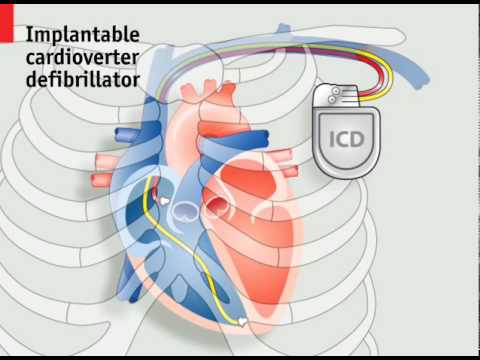
How pacemakers work | The Economist
- Post author:
- Post published:May 24, 2021
- Post category:Uncategorized
- Post comments:0 Comments
You Might Also Like
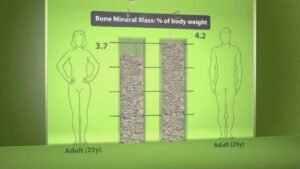
Human body composition
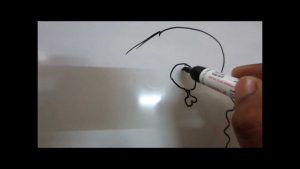
Thyroid Stimulating Hormone
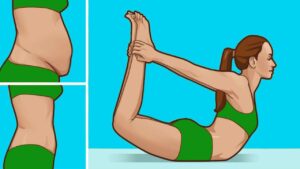
5 Workouts That Burn belly fat Like Crazy

Thyroid Test – Simple DIY Test At Home

Bowflex® How-To | Shoulder Side Raises for Beginners
Intensity

How To Lose Weight Fast 5kgs In 7 Days – Full Day Diet Plan For Weight Loss – Lose Weight Fast-Day 1

Exercise vs Diet
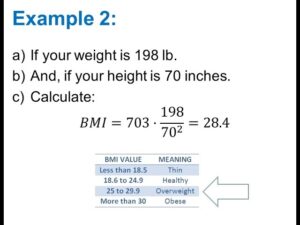
Calculate Body Mass Index (BMI)
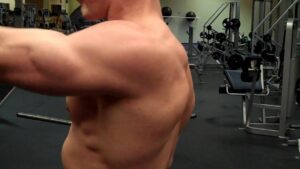
Lateral Raises-14
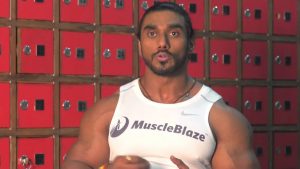
Sangram Pre & Post Workout Meal

Tuberculosis
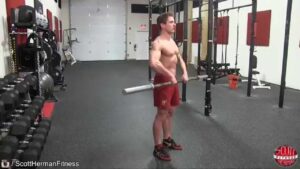
Upright Row-2

How to Do a Seated Calf Raise | Female Bodybuilding

Geriatrics Video – 1
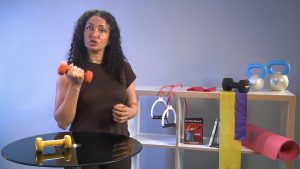
Fitness Definitions
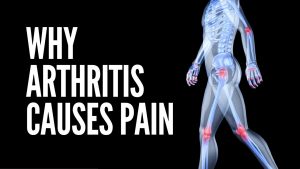
What Is Arthritis | What Causes Arthritis | Why Arthritis Causes Pain
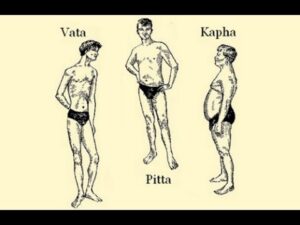
The Ayurvedic Body Types and Their Characteristics (Vata, Pitta, Kapha)
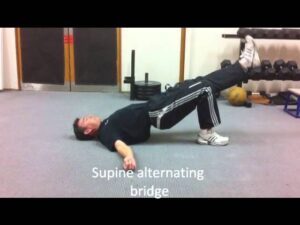
Trunk strengthening exercises

Preservatives Video – 2

Metabolism, Anabolism, Catabolism – FITNESS VIEW | How to calculate your BMR | by Abhinav Tonk

Yoga Industry And Advantages Video – 6

HOW TO MAKE PROTEIN POWDER AT HOME FOR BODYBUILDING | AMIT PANGHAL | PANGHAL FITNESS
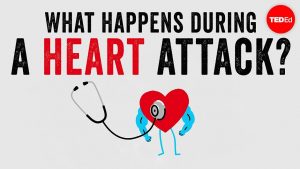
What happens during a heart attack? – Krishna Sudhir
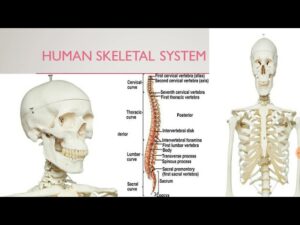
Skeletal System And Asanas Video – 5
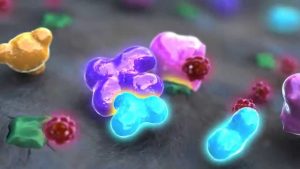
Mechanism of Action (MoA) 3D Medical Animation

The Right Way To Bicycle Crunch | Bicycle Crunch | Crunch | Fitness Video | How to Crunch? I OZiva

I’m adopting a child. Is it possible to induce lactation?
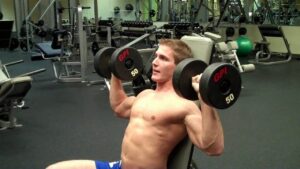
How To: Dumbbell Shoulder Press

Anemia In Children – Causes, Symptoms and Treatment

Foods To Avoid While Breastfeeding- SheCare

Muscle Building Workout & Squats Video – 6
Body Composition
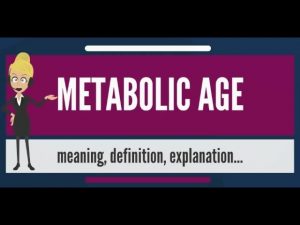
What is METABOLIC AGE? What does METABOLIC AGE mean? METABOLIC AGE meaning & explanation
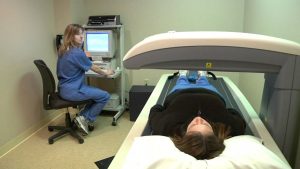
DEXA and Bone Density Scans – Lexington Diagnostic Center
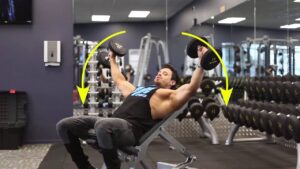
Master the Chest Fly Press – Best Chest Training – BPI Sports
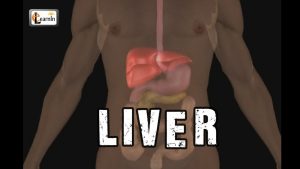
Liver anatomy and function | Human Anatomy and Physiology video 3D animation | elearnin

TREAT FEVER WITHOUT MEDICINES | TREAT FEVER INSTANTLY

Dumbbell Pullover-4

Atenolol or Tenormin Medication Information (dosing, side effects, patient counseling)

Chemistry in Everyday life part 13 (Food additives) CBSE class 12 XII

